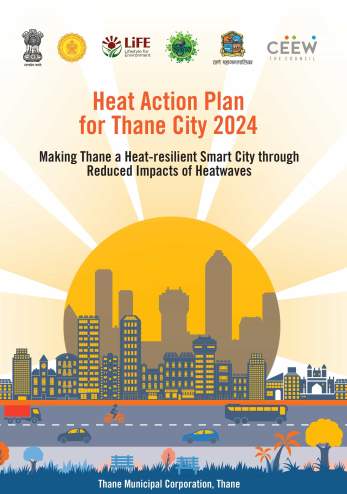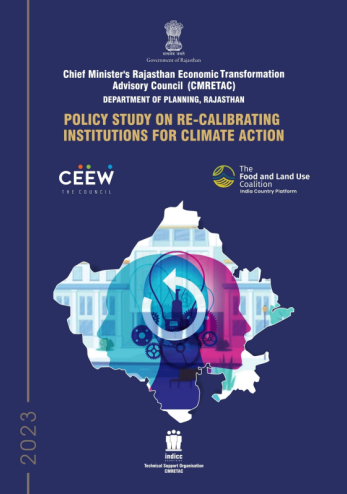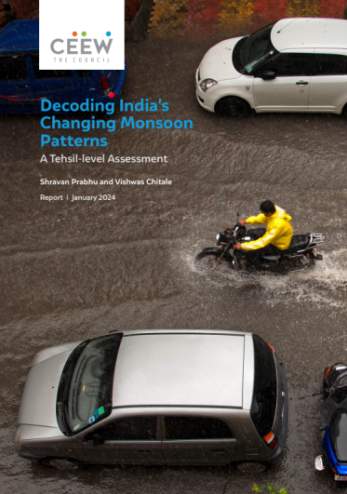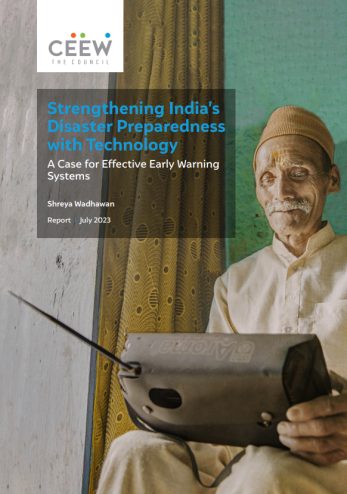Paper
The Costs of Climate Change Impacts for India
A Preliminary Analysis
Vaibhav Chaturvedi
March 2015 | Climate Resilience
Suggested Citation: Vaibhav Chaturvedi. 2015. The Costs of Climate Change Impacts for India. New Delhi: Council on Energy, Environment and Water.
Overview
This working paper tries to estimate the cost of global climate change impacts for India. It focuses on estimating the first-order costs for loss in agriculture productivity and impact on higher power generation requirement with increasing temperatures, within a long term global integrated assessment modeling framework. It also attempts to put a value on the health impacts from temperature rise. This analysis provides a solid basis for informed discussions around this issue in India, and for more detailed and insightful studies on the costs of climate impacts for India. Further, it summarised the cost inaction calculated across the sectors focussed in this study.
Methodological framework for understanding cost of inaction across key sectors
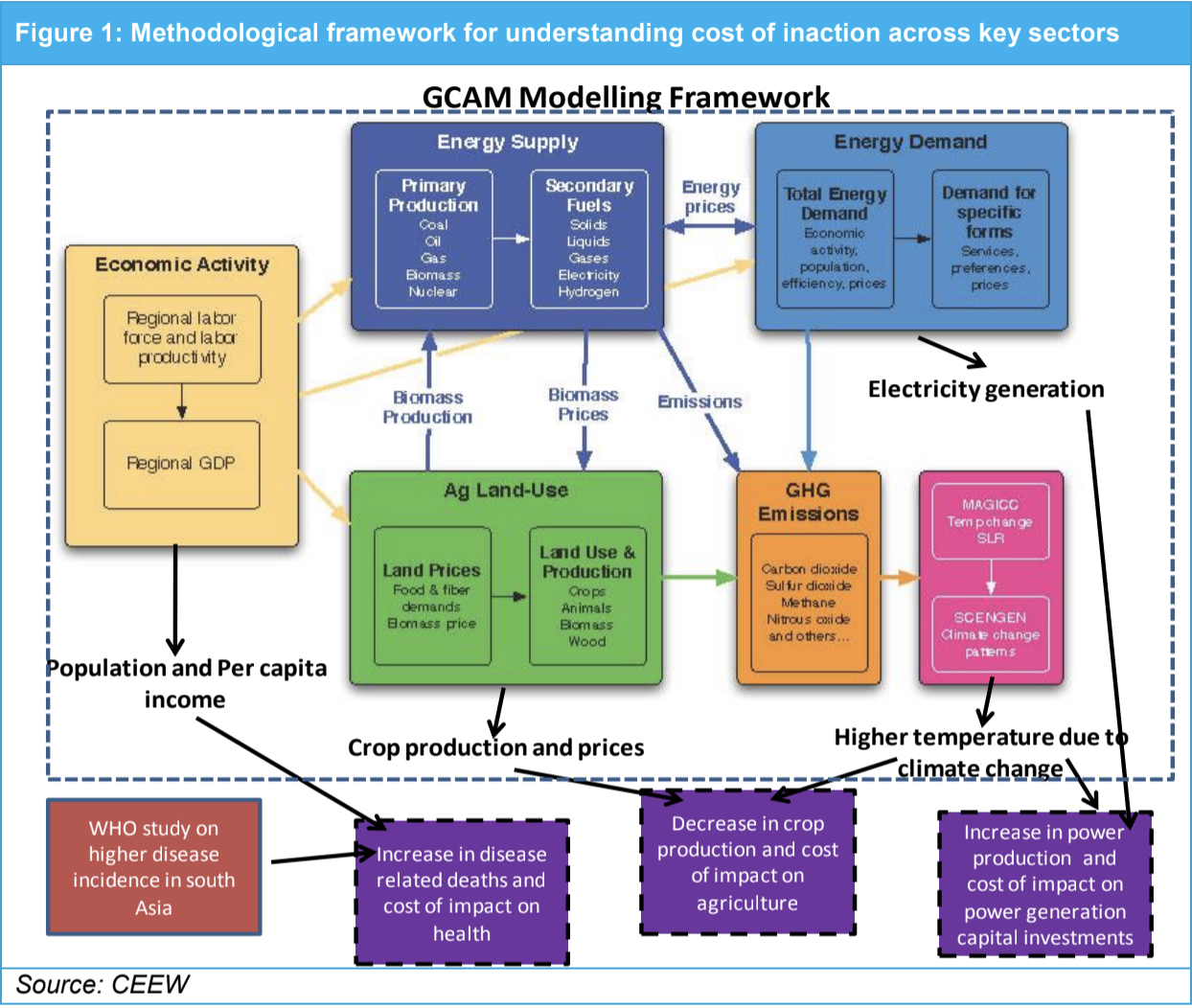
Key Findings
- Climate change results in significant economic losses for India across sectors.
- Production losses in rice, wheat, and maize alone could go up-to USD 208 Bn and USD 366 Bn in 2050 and 2100 respectively (all prices are in 2010 US$).
- Additional power generation could require an incremental capital investment of USD 33 Bn and USD 123 Bn in 2050 and 2100 respectively to meet the higher cooling energy needs of India.
- Health impacts should be best measured in terms of deaths due to a higher incidence of diseases.
- Diarrheal deaths will decrease with increasing incomes. Deaths due to the higher spread of Malaria will increase significantly to 5000 in 2050 and 19500 in 2100. Deaths related to Dengue will also rise.
- If disease-related deaths are valued at lifetime earnings, the loss of economic output will be USD 2.5 Bn and USD 21 Bn in 2050 and 2100 respectively.
- A conservative range of 45 per cent to 1.19 per cent of India’s GDP in 2050 and 59 per cent to 1.17 per cent of India’s GDP in 2100 is estimated as the cost of global inaction on mitigating climate change.
- Loss in rice production (impact sensitivity) per 1°C increase was 4 per cent to 20 per cent.
- Loss in maize production (impact sensitivity) per 1°C increase was 32 per cent to 50 per cent.
- Loss in wheat production (impact sensitivity) per 1°C increase was 5 per cent to 20 per cent.
The total cost of climate change under business as usual (BAU) is estimated to be at least 5 per cent of the value of global per capita consumption over the next two centuries.




